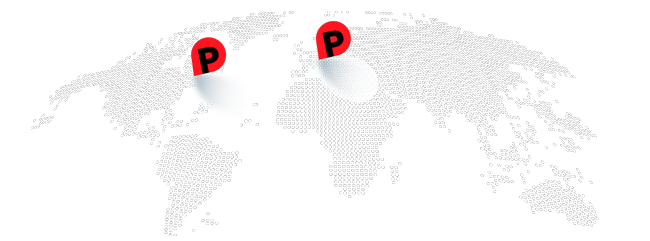Measure the performance of our customer service quality by promoting your customers’ KPIs.
I know it’s a shock the first time. But after reading this article, you should be able to:
- Restore your emotions;
- Have the magic formula for training, which is kept secret by all the greatest educational spells in the world;
- Measure the impact of your next training sessions on your clients’ KPIs accordingly.
Just a few more implementation efforts, supported by a following article, to see how your KPIs can improve after each of your training sessions.
The first 3 steps to measure the performance of our customer service quality.
- Redefine the value of training for your customer service: an evaluation mission.
- Draw on Donald Kirkpatrick’s theoretical model: the foundation on which the evaluation process is built. Proven concrete.
- Using the training magic formula: an operational proposal for evaluating the effectiveness of call center training. Using the example of a key performance indicator.
Ready for the adventure? Follow the instructions:
Redefining the value of customer service training
Like you, we like to discuss ideas, methods and innovations. Nothing is obvious. Everything is change, improvement and variable context. The only constant is the need to achieve a result that meets our clients’ requirements.
That’s wonderful. But it’s also why we believe that traditional training metrics, which are more focused on taxes, volumes and performance, are not enough to support a truly customer-focused performance management system.
- Let’s look at the expectations of training!
- Customer Relationship Training
From our perspective, a customer service training department must position itself as a customer service department – internal and external – and have a mission that is fully aligned with a customer relationship strategy.
In any case, and if it is not possible to deprive the trays of some of their production capacity during the entire training period, the training department can prove its value other than by indicating a terse training theme Bidule: 100% of trainees on slide 7 of the monthly report.
Based on Donald Kirkpatrick’s theory model
Because good theory is always very practical, we build our system on Mr. Kirkpatrick’s research. And in the contact center world, the Kirkpatrick model has the great advantage of being results-oriented: the objective of the evaluation is to demonstrate the impact of a training measure on the performance of the recipients.
Moreover, it is well integrated into organizational forms in which responsibility for skills development is assumed by different local actors. For example: trainers, (senior) managers and coaches or quality controllers. Is this a call?
Use the magic formula of training effectiveness.
Based on this beautiful theory, we now have the keys in hand to really determine whether a training measure or mechanism is effective or not. All we need to do is take a picture of a group’s results to practice and compare them with a picture after the training. How the 4th level of the Kirkpatrick model encourages us to do this.
Conclusion
So you are convinced. It is important to redefine the effectiveness of training by integrating your key indicators. You are able to identify and present the results of a training session. Kirkpatrick’s evaluation model is perfect for call centers where metrics and KPIs are under control. This makes measuring the 4th level, which is usually more complicated to measure in other business environments, much easier.
Translated with www.DeepL.com/Translator (free version)







